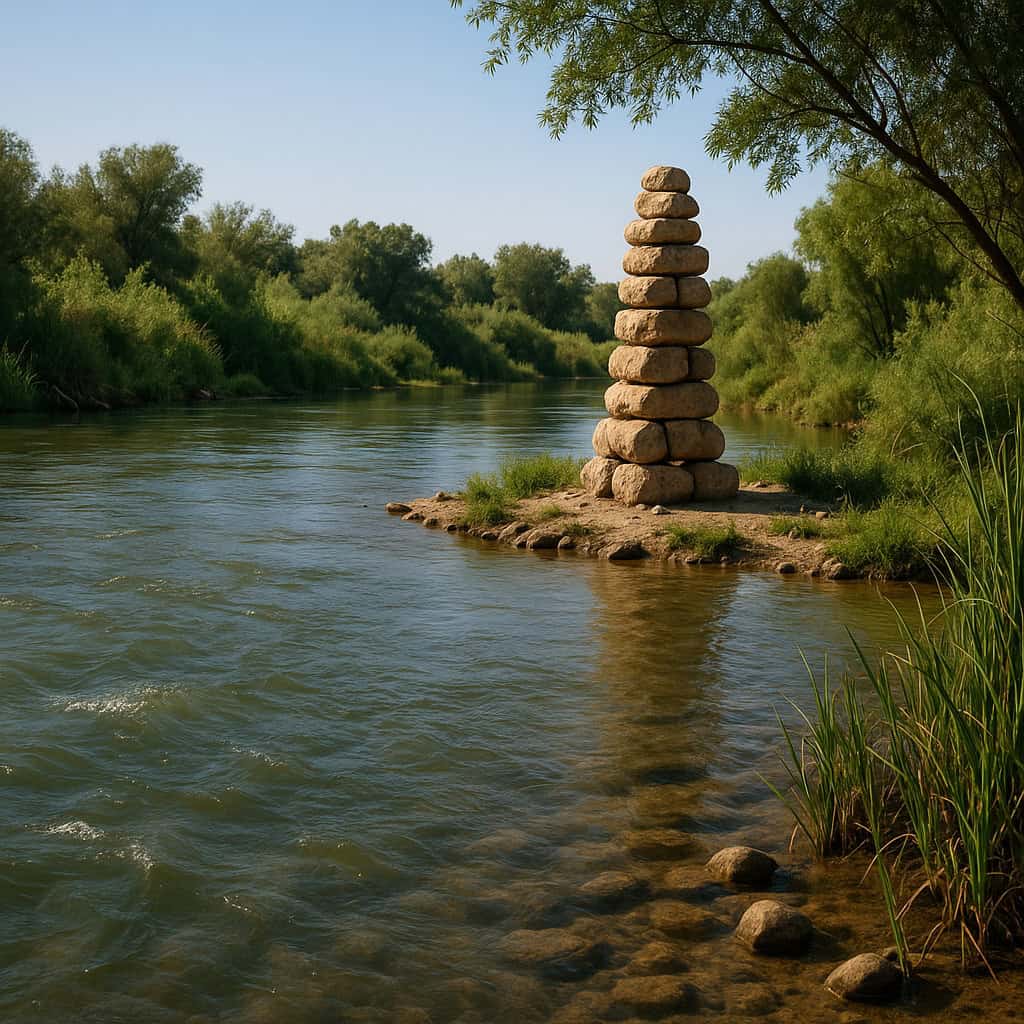As a young girl in the late 50’s, I loved playing the organ at my grandmother’s house – I was taking piano lessons but there were so many more sounds you could get out of an organ. And she had tons of sheet music. Treasure!
One of the pieces I remember (and could play fairly well) was “Nobody Knows the Trouble I’ve Seen” and, best I remember, the front was a drawing of a slave in the cotton field bent over picking cotton. Interestingly, I don’t think I knew much at that time about slavery during plantation times. Pretty sheltered in the 50’s.
Neither was I aware of the political or daily living situation of black people even in my day. My grandmother lived in a little bigger town than ours. She always had “help” with housework and when doing big dinners at Thanksgiving and Christmas – black women who my grandfather had to go pick up from another section of town where only “Negroes” lived. Sally was the main one who was around many years as we were older – and we all got to know her, we thought. But I know we didn’t “really” know her life.
I say that due to some strange things like when I went in the kitchen and Sally was holding a piece of meat over one of her eyes – which my grandmother explained later to me, not fully, I am sure. And yes, suddenly Sally was no longer on this earth, according to my grandmother, with no real explanation but just some whispers she shared with my mother that seemed to me to be in tones of “foul play”.
And then there was my senior year in high school (1963-64) when we all arrived in the fall for the start of our school year after a summer of not seeing much of each other. I lived on a farm. We had no phone due to scarcity of people in our area, and I didn’t have a car of my own, so I had little knowledge of the happenings in my hometown of Sudan, population about 1,000.
As we arrived at school, we learned the black school, which I didn’t even know existed, had been ‘forced’ to integrate with our school – we had no clue about the political parts of this. Only one boy was a senior and then there was a handful of juniors and sophomores, but more of the new students were in the younger grades. Two girls were on our basketball team (have I shared that basketball WAS my reason for being – loved it). I got to know Jackie and she and I worked together well for our team.
She showed me where “nigger town” (yes, that is what she called it) was – right across the tracks from the highway I traveled to my home. I had been clueless. As a senior, I got to drive my brother’s car which he could not take to college, so I gave Jackie a ride home often. But she would not let me drive right up to her front door, or even off the main dirt road – in fact, if weather was not really bad, she had me let her out on the highway side of the tracks and she walked the 100 yards or so to the houses. I never knew which was hers. She just told me it was not safe for me to drive there, especially at night.
When I got more involved in my adult hobby of genealogy, I was in Salt Lake City for the purpose of doing research at the Family History Library. As I visited a book store on my way walking to the Library, a young black saleswoman engaged me about my visit to the city. I explained the genealogy research and she grinned, affirmed that she liked history, too, but she said it was almost impossible for her to do her family’s research due to the lack of records. However, I noticed this year’s offerings of classes at Roots Tech, a huge annual conference of genealogists. Multiple classes were on the topic of black history, slavery records and even a class called “Nobody Knows the Trouble I’ve Seen – Culling Evidence from Freedman’s Bank Postmortem Records”.
Where am I going with this? What’s my point?
Back to “Nobody Knows the Trouble I’ve Seen” – it is an African-American spiritual song that originated during the period of slavery but was not published until 1867. The period of slavery began to be called into the spotlight by Abraham Lincoln at the age of 28. On March 3, 1837, while serving in the Illinois General Assembly, Lincoln made one of his first public declarations against slavery.
The traditional lyrics of this song include the ones below which I remember best:
Nobody knows the trouble I’ve seen
Nobody knows but Jesus
Nobody knows the trouble I’ve seen
Glory hallelujah!
Sometimes I’m up, sometimes I’m down
Oh, yes, Lord
Sometimes I’m almost to the ground
Oh, yes, Lord
Although you see me going ‘long so
Oh, yes, Lord
I have my trials here below
Oh, yes, Lord
Nobody knows the trouble I’ve seen
Nobody knows but Jesus
Nobody knows the trouble I’ve seen
Glory hallelujah!
If you get there before I do
Oh, yes, Lord
Tell all-a my friends I’m coming to Heaven!
Oh, yes, Lord
I can’t imagine what life for a slave in the 1830’s was like. But we DO have some help through some treasured life stories like The Life and Adventures of Charles Ball, a black man which is an autobiography. He was born enslaved around 1781. Here is just a taste of his story –
He was about four years old when his legal owner died. To settle the debts of the estate, Ball, his mother, and several brothers and sisters were sold to different buyers. His first childhood memory recorded in the book is his being brutally separated from his mother by her buyer: “Young as I was, the horrors of that day sank deeply into my heart, and even at this time, though half a century has elapsed, the terrors of the scene return with painful vividness upon my memory.”
As for the breadth and depth of his story, here is the ‘subtitle’ to his book published in 1853:
[Charles Ball] Who lived forty years in Maryland, South Carolina and Georgia, as a slave under various masters, and was one year in the Navy with Commodore Barney, during the late war; containing an account of the manners and usage of the planters and slaveholders of the south – A description of the condition and treatment of the slaves, with observations upon the state of morals amongst the cotton planters, and the perils and sufferings of a fugitive slave, who twice escaped from the cotton country.
OK, here’s my point. Charles Ball would probably tell you himself that his was not an uncommon story – it was more a description of many slaves and the lives they lived. Some had more horrendous stories than others – he described much of what went on around him in community with other slaves as well as his own experiences.
And my personal point? Your life story is a rich description in the details that you may consider mundane and not of real importance but your descendants would be deeply grateful to know as much as possible and would treasure your preserving of them.
If Charles Ball, and other enslaved people who have written their stories, had not taken the time and effort to write down the events, the situations, the impact of them, the learning and sharing of the personal pieces that are woven together to form and guide one along the way, then we would have missed this amazing piece of history. Imagine if you were his descendant how much more you would treasure his story.
Don’t tell me your life is not interesting or important to generations to come, especially your own descendants. Just ask yourself if you would like to read the written life story of your great-great grandparent.
I thought about the line in the lyrics that comes after the soulfully sad “Nobody knows…” lines. It is “Glory Hallelujah”. The song was sung by many people who DID KNOW each other’s sadness, but they all saw hope in God’s gift of eternal life. It was their statement of hope.
Yep, here’s my guilt trip for you! If you don’t preserve your life story – the daily life events, even the mundane ones, your faith story, the things that are important to you, including the hard things, then your descendants are truly left with a “nobody knows” situation. They can only guess and read the autobiographies of your contemporaries and wonder what your life was like. I beg you – please don’t let your life be a “Nobody Knows” life, for the sake of your family’s generations to come.



